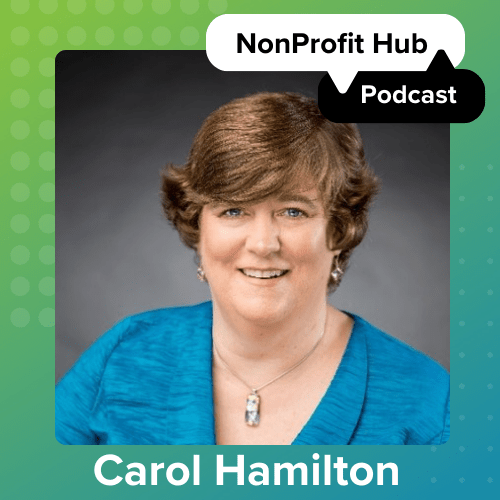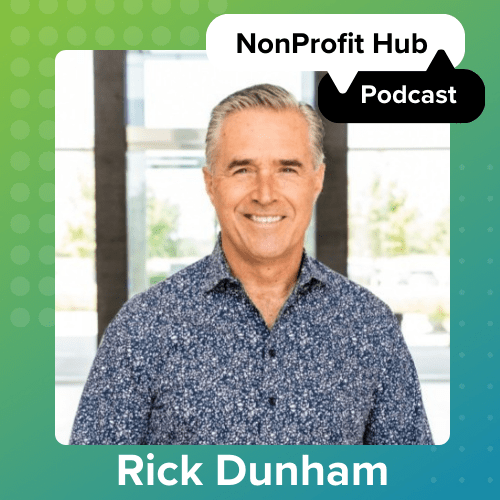Feedback—who needs it?
If we’re being completely honest, you do. I saw your website. I attended your event. I was on the other end of that email marketing piece. (That is, if I’m one of your constituents. I can’t be everywhere, people. C’mon.)
But your organization couldn’t possibly improve on anything else, because you’re the best, right? Wrong. There’s always room for improvement. It can be difficult to accept that you have areas for improvement, because critical feedback is scary. Nobody wants to believe that they’re doing anything less than the best. But accepting it is the first step.
Let’s talk about the types of feedback you’re missing out on, the best way to get feedback and how your organization can apply it.
Types of Feedback
Feedback can be valuable after events, but it’s more than that. You should be evaluating every aspect of your organization. For example:
- Find areas for improvement after a big fundraising event.
- Gauge the volunteer experience.
- See what’s working for your board of directors (and what’s not).
- Ask your staff what procedures need to be reevaluated.
- Question the ease of your giving processes.
These are just a few areas your nonprofit could be asking for feedback on.
Make It Simple
Giving feedback shouldn’t be hard. Make it a habit to ask for feedback in person, and to write it down after receiving it. Create an environment where people feel like they can have an open dialogue about concerns.
Remember that not everybody feels comfortable giving feedback in person. Plus, sometimes it’s simply not feasible to gain feedback in-person. For example, after a large event, you won’t have time to have a one-on-one conversation with every single attendee about the event. You’ll need to resort to online surveys. You can create surveys online or utilize your email marketing list to gain general feedback.
Timing is Everything
My, how people easily forget. That’s why it’s important for you to gain feedback as soon after an event as possible. If you’re collecting feedback on something like a volunteer’s experience with your organization, make sure to discuss a timeline for getting that feedback. Since volunteers start at different times, you’ll need somebody to be in charge of asking for that feedback after a certain time goes by. Set reminders to do regular check-ins with staff, board members and volunteers.
In this busy and bustling world, people love incentives. Because otherwise, they might choose replying to another email instead of giving you the feedback you desire. I was just at an organization’s event that was giving away entry into a drawing for a free lunch at their next month event for anybody who filled out the survey before a certain time.
Apply Feedback
The people who provided feedback for you will be elated to know that you’ve actually taken their feedback to heart. Send them a personalized message expressing how you’d like to improve in the areas that they’ve pointed out. Once you feel like you’ve been making progress or you’ve completely implemented a change, let them know again. Constant communication is the key to showing donors, volunteers and staff members that they are valued.
Also, don’t forget about the feedback the next time you plan an event or start on the procedure again. It helps to review the feedback you received from last year’s event before starting fresh.
How has your organization implemented gaining feedback into the normal routine?






